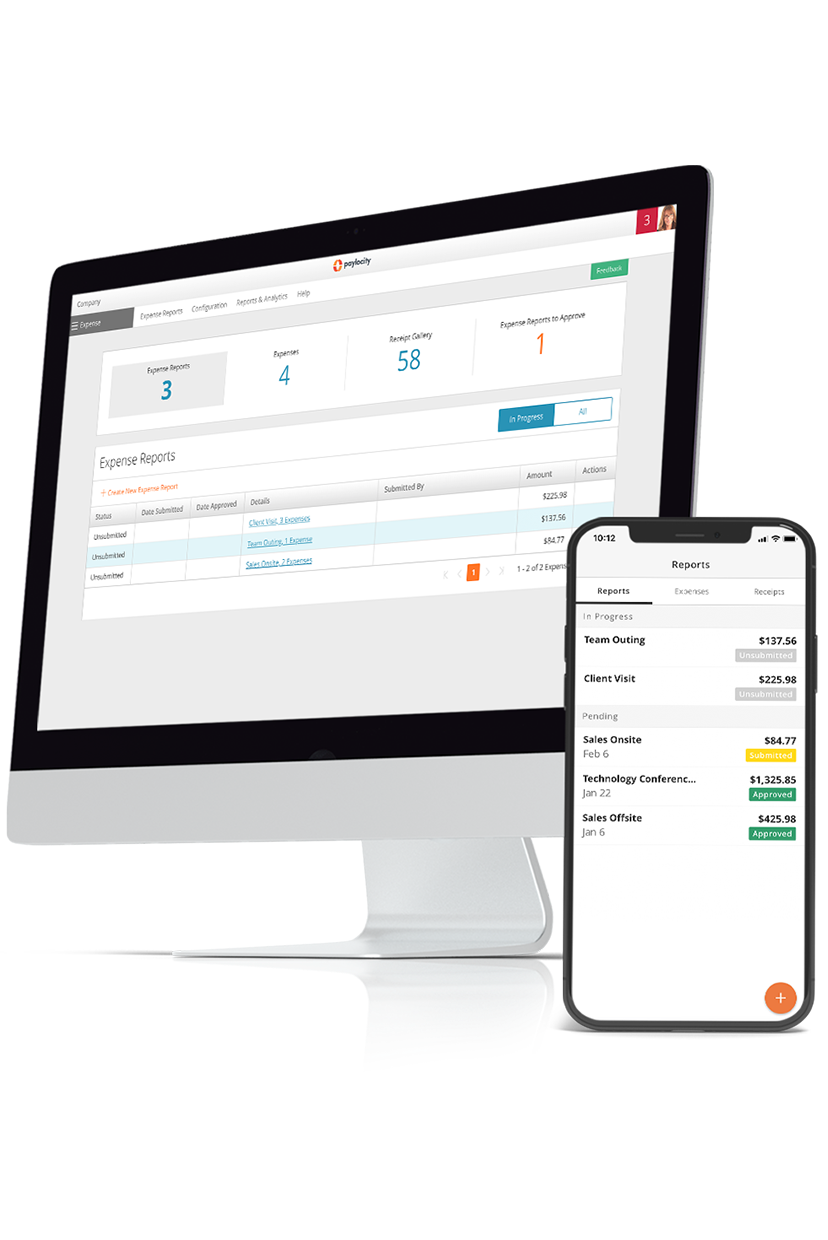Per Diem
Summary Definition: A daily allowance paid to employees to cover the cost of meals, incidental expenses, and lodging while traveling on business, conducting business, or working away from their regular workplace.
What is Per Diem?
Per diem, meaning "for each day" in Latin, is a daily allowance or payment employees receive, usually when traveling, to cover expenses, such as meals, lodging, entertainment, and miscellaneous out-of-pocket costs.
Per diem rates vary by location and company policy, but sums are usually calculated for each day of the trip. Calculations use either a fixed rate or reimburse the total amount of out-of-pocket expenses an employee incurred and submitted.
Key Takeaways
- Per diem is a daily allowance employees use to cover various costs when traveling for business purposes or conducting business away from the office.
- Employers aren’t legally required to provide per diem, but those that do often craft a per diem policy by referencing the standard GSA rates for federal employees traveling in the continental U.S.
- Employers can calculate per diem costs either by reimbursing an employee’s submitted expense report or applying a fixed daily rate for each day of the trip.
Per Diem Rates
While not required by law, employers often reference the standard per diem rates the federal government uses to reimburse its own employees.
Depending on the type of travel, there are three possible rates to use, each maintained by a different federal agency.
| Administrator | Type of Travel | Area |
|---|---|---|
| U.S. General Services Administration (GSA) |
Domestic (continental U.S.) |
Contiguous 48 states and D.C. |
| U.S. Department of Defense | Domestic (non-continental U.S.) | Alaska, Hawaii, U.S. territories |
| U.S. Department of State | International (Global) |
Any country outside the U.S. |
GSA per diem rates are broken down by lodging allowances and meal and incidental expenses (M&IEs).
Lodging rates are updated annually based on average daily rate data from the lodging industry, while M&IE rates are updated every three-five years based on recommendations from the Governmentwide Travel Advisory Committee.
| Per Diem Rate Type | Per Diem Rates 2023* | Per Diem Rates 2024 |
|---|---|---|
| Lodging | $98 | $107 |
| M&IE | $59-$79 | |
*Rates for states and localities can differ from the standard rate based on the cost of living in those areas.
How to Calculate Per Diem
To calculate a traveling employee’s total per diem amount, employers must first decide if their per diem policy will use a fixed per diem rate or reimburse all out-of-pocket expenses.
If it uses a fixed rate to calculate per diem, GSA rates are typically referenced to establish the organization’s baseline. Employers then simply multiply the policy’s chosen rates by the number of days the trip will take to calculate the employee’s total per diem amount.
For example, if a company reimburses $300 per night for lodging and $75 day for M&IE, an employer attending a weeklong seminar would either use the following calculation or refer to the GSA’s per diem calculator.
Per Diem Calculation
(Lodging Rate × Nights Spent) + (M&IE Rate × Days Spent) = Total Per Diem Amount
Example: ($300 × 4 nights) + ($75 × 5 days) = $1,575
Policies that instead reimburse all out-of-pocket expenses will simply reimburse the employee for the total amount they report on a submitted expense report at the end of the trip.
How to Pay Per Diem
Employers have a few options when deciding how to pay per diem to their employees:
- Fixed Allowance – Employers can give cash or a check before the employee goes on the trip and expect all expenses to be covered by that amount.
- Corporate Credit Card – Employees can instead receive a corporate credit card on which to charge their expenses.
- Reimbursements – Employees submit an expense report after the trip ends and usually need to include receipts to verify the amounts in the report. The organization then provides reimbursement either in the next pay period or as an individual paycheck.
Per Diem Taxes
Employers aren’t required to provide employees with per diem or adopt the GSA’s per diem rates. However, if an employer does provide per diem and uses a rate greater than the GSA’s rates, any extra amounts the employee receives are considered taxable income by the IRS.
If an employee doesn’t file an expense report in a reasonable amount of time, or the employer doesn’t require employees to file an expense report, the amounts are similarly considered taxable income even if the organization uses the GSA’s standard rates.
Employers can also write off per diem payments on their annual tax returns but are limited to only 50% of the amount spent on meals.
Per Diem Benefits
Offering per diem isn’t legally required but is often expected or at least appreciated by employees. Regardless of an organization’s per diem policy details, there are several benefits to having one in the first place:
- Reduced Paperwork: Setting a fixed per diem amount, or allowing employees to use a charge card, reduces the amount of paperwork both the employee and employer need to complete to verify the expense and reimbursement.
- More Control: Using a fixed amount gives organizations added control over per diem amounts, both in terms of tax reporting and financial planning or budgeting.
- Simplification: Adopting the GSA’s per diem rates in a company’s policy simplifies any tax implications for both employees and employers.
- Tax Deductions: Businesses can use some reimbursements as tax deductions when filing their own returns.

Streamline Expenses for Peace of Mind
Are piles of receipts and reimbursement requests taking up too much of your time? Get your day back by using our expense management solution. Process expenses without the paperwork and rest easy knowing they're accurate. With faster pay-out times, simplified approvals, and fewer errors, your employees will love it, too!